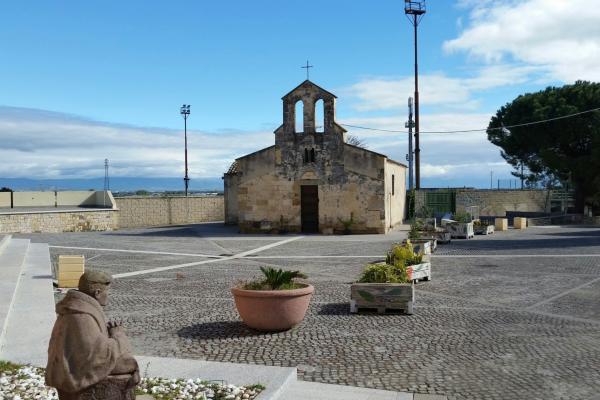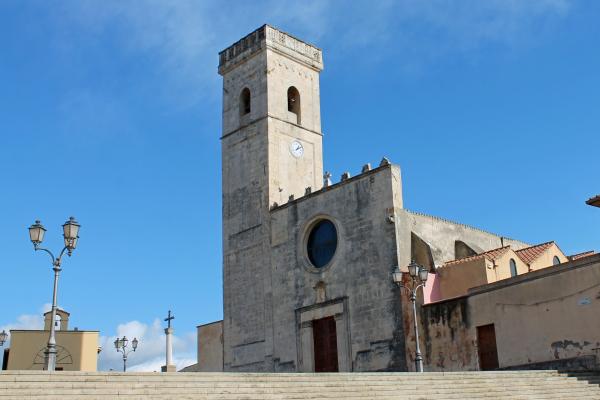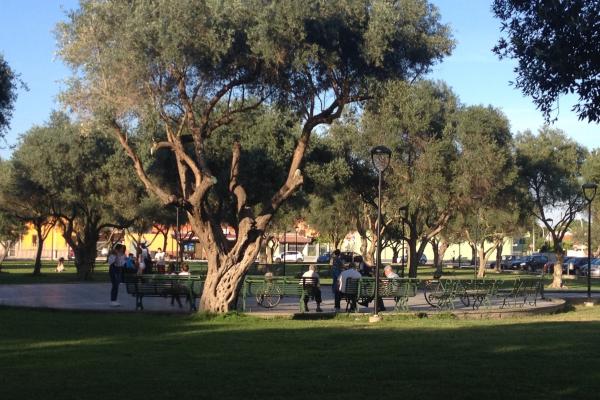Villasor lies on a fertile plain, irrigated by Flumini Mannu and other streams, which has favoured agriculture since the Roman times to which the necropolises date, as do the remains of a bridge and a settlement near the s'Acqua Cotta spring. Villasor is a town of 7,000 inhabitants in the southern Campidano area, founded in 1414 on the ruins of Sorres (Latin for 'granary'). The county was first ruled by the Spanish Crown (1537), then marquisate (1594). Today, it is one of the main agricultural hubs of southern Sardinia, with outstanding production and processing of sugar beet and grains. The old town retains its legacy of a glorious past: the Castle of Villasor, built in 1415 by the feudatory Giovanni Siviller on the ruins of the Byzantine church of Santa Maria di Gippi, the marbles of which are preserved in the National Archaeological Museum of Cagliari. Built to defend against the assaults of the surviving Arboreal rebels, its architecture is unique for Sardinia, uniting civil and military aspects, also known as the Casa-forte degli Alagon, after one of the oldest European families, to whom the fortress belonged until the abolition of the feud (1839).

Town
This historic agricultural town lies 25 km from Campidano di Cagliari, in southern Sardinia, and is known for its castle, historic churches and a fascinating Nuragic site
This historic agricultural town lies 25 km from Campidano di Cagliari, in southern Sardinia, and is known for its castle, historic churches and a fascinating Nuragic site
See this place because...
To be admired is an agricultural hub of great importance in the Campidano area, with a glorious feudal past, of which remains a great deal, along with numerous other historical and prehistoric buildings
Pictures and videos
You may also like
More attractions in the vicinity


















